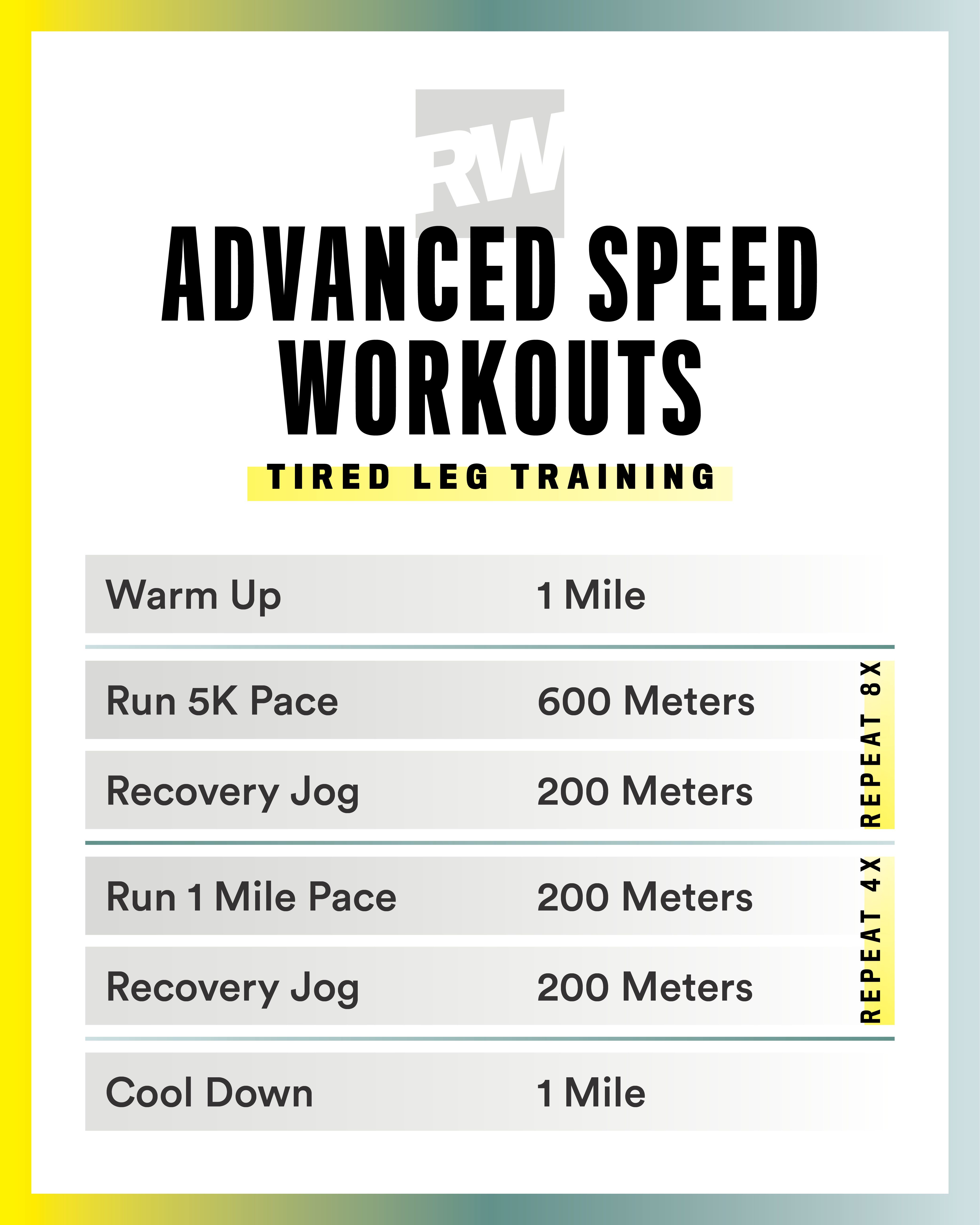Unleash Your Prospective: Running Strategy Basics for Peak Performance
Unleash Your Prospective: Running Strategy Basics for Peak Performance
Blog Article
Managing Typical Running Discomforts: Reasons, Solutions, and Avoidance
As runners, we frequently run into numerous pains that can prevent our performance and pleasure of this physical activity. By exploring the origin factors for these running discomforts, we can discover targeted services and preventative steps to make certain a smoother and much more satisfying running experience.
Common Running Pain: Shin Splints
Shin splints, a common running discomfort, frequently arise from overuse or inappropriate shoes during exercise. This problem, medically referred to as median tibial tension syndrome, materializes as pain along the inner side of the shinbone (shin) and is widespread among athletes and joggers. The repetitive tension on the shinbone and the tissues affixing the muscular tissues to the bone brings about inflammation and pain. Runners who quickly boost the intensity or duration of their exercises, or those that have level feet or inappropriate running techniques, are especially susceptible to shin splints.
To protect against shin splints, people must gradually increase the intensity of their exercises, wear proper footwear with correct arch support, and maintain adaptability and stamina in the muscular tissues bordering the shin (running strategy). Additionally, integrating low-impact tasks like swimming or biking can help keep cardio physical fitness while allowing the shins to heal.
Usual Running Discomfort: IT Band Disorder
In addition to shin splints, another common running discomfort that professional athletes frequently encounter is IT Band Syndrome, a problem triggered by inflammation of the iliotibial band that runs along the outer thigh and knee. IT Band Syndrome usually manifests as pain on the outside of the knee, especially during activities like running or cycling. The iliotibial band is a thick band of fascia that links the hip to the shin, and when it comes to be swollen or tight, it can rub against the thigh bone, leading to pain and pain.
Runners experiencing IT Band Disorder may see a painful or aching sensation on the outer knee, which can aggravate with continued task. Variables such as overuse, muscular tissue imbalances, inappropriate running type, or poor warm-up can add to the advancement of this condition. To prevent and relieve IT Band Disorder, runners need to concentrate on stretching and strengthening exercises for the hips and upper legs, correct shoes, steady training development, and resolving any kind of biomechanical issues that may be intensifying the trouble. Ignoring the symptoms of IT Band Disorder can bring about chronic issues and extended healing times, emphasizing the significance of very early intervention and appropriate monitoring methods.
Usual Running Pain: Plantar Fasciitis
:max_bytes(150000):strip_icc()/HIIT-treadmill-workout-promo-04629651f9fc4854a8afca1c29ba528a.jpg)
Plantar Fasciitis can be associated to various variables such as overtraining, incorrect footwear, running on tough surface areas, or having high arcs or level feet. To stop and reduce Plantar Fasciitis, joggers can integrate stretching exercises for the calf bones and plantar fascia, put on supportive shoes, keep a healthy and balanced weight to lower strain on the feet, and slowly enhance running strength to stay clear of abrupt stress on the plantar fascia. If symptoms linger, it is advised to seek advice from a health care specialist for appropriate diagnosis and therapy choices to deal with the condition effectively.
Usual Running Pain: Jogger's Knee
After addressing the difficulties of Plantar Fasciitis, one more common issue that runners usually deal with is Runner's Knee, a typical running pain that can hinder athletic efficiency and cause pain throughout physical task. Runner's Knee, also understood as patellofemoral pain syndrome, manifests as pain around or behind the kneecap. Runners experiencing this pain might really feel a boring, hurting pain site link while running, going up or down stairways, or after prolonged durations of resting.
Usual Running Pain: Achilles Tendonitis
Frequently affecting joggers, Achilles Tendonitis is an uncomfortable condition that influences the Achilles tendon, creating discomfort and potential constraints in physical activity. The Achilles tendon is a thick band of cells that connects the calf bone muscle mass to the heel bone, critical for tasks like running, leaping, and strolling - useful reference. Achilles Tendonitis commonly develops as a result of overuse, incorrect footwear, poor extending, or sudden boosts in physical task
Signs of Achilles Tendonitis include pain and stiffness along the tendon, particularly in the early morning or after durations of lack of exercise, swelling that gets worse with task, and potentially bone stimulates in persistent situations. To prevent Achilles Tendonitis, it is vital to stretch effectively previously and after running, wear suitable footwear with appropriate assistance, gradually increase the intensity of workout, and cross-train to reduce repetitive stress on the tendon.
Verdict

Report this page